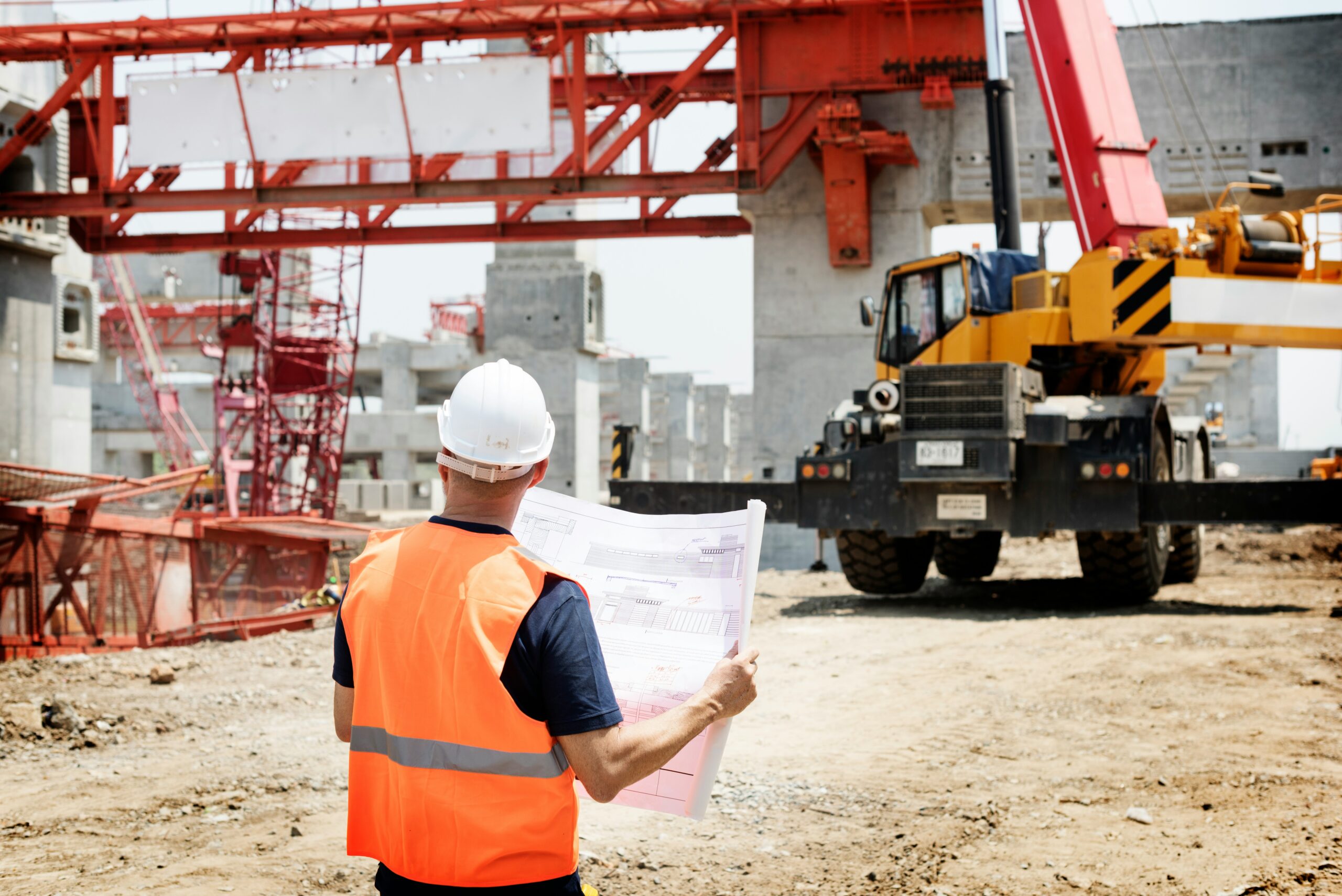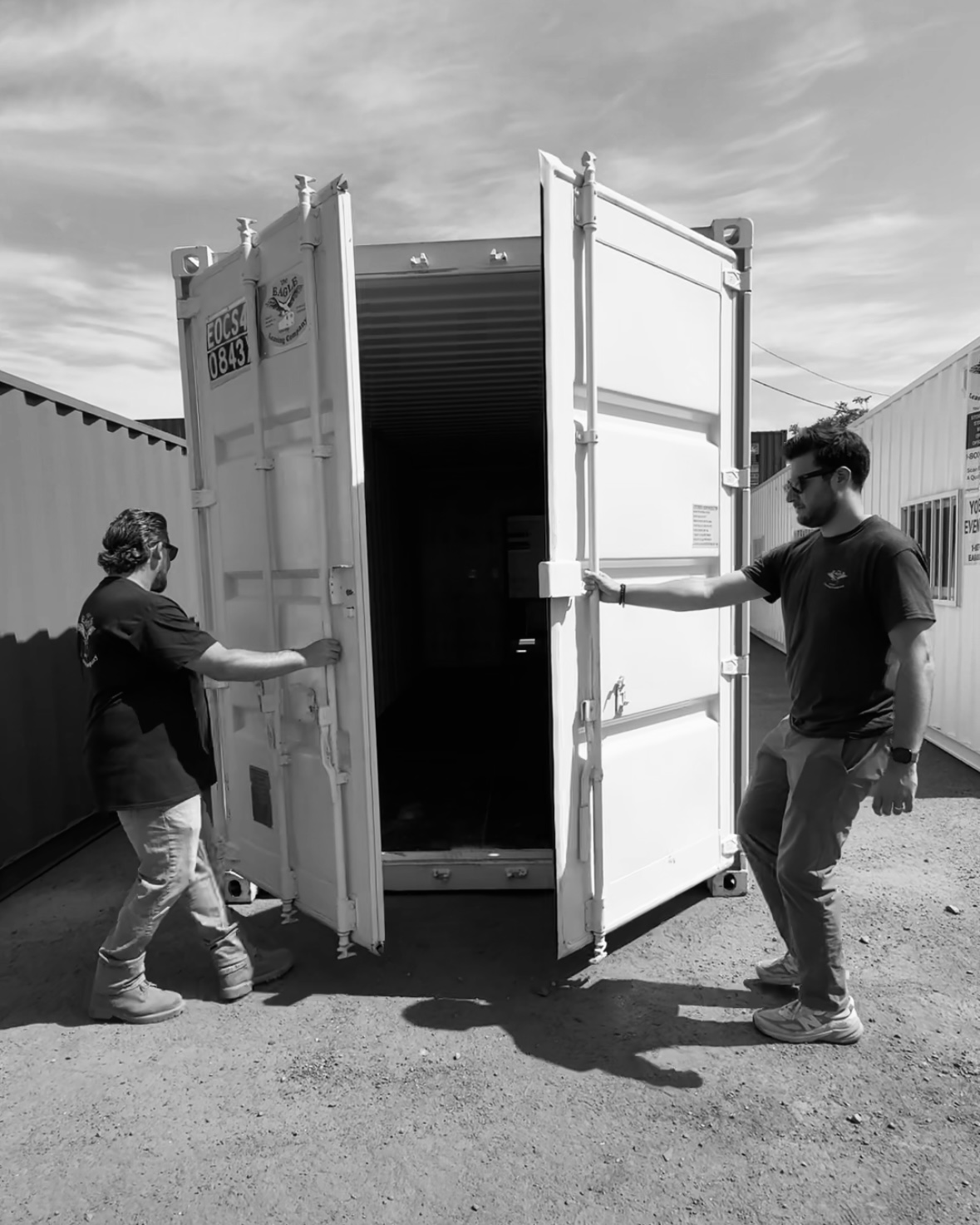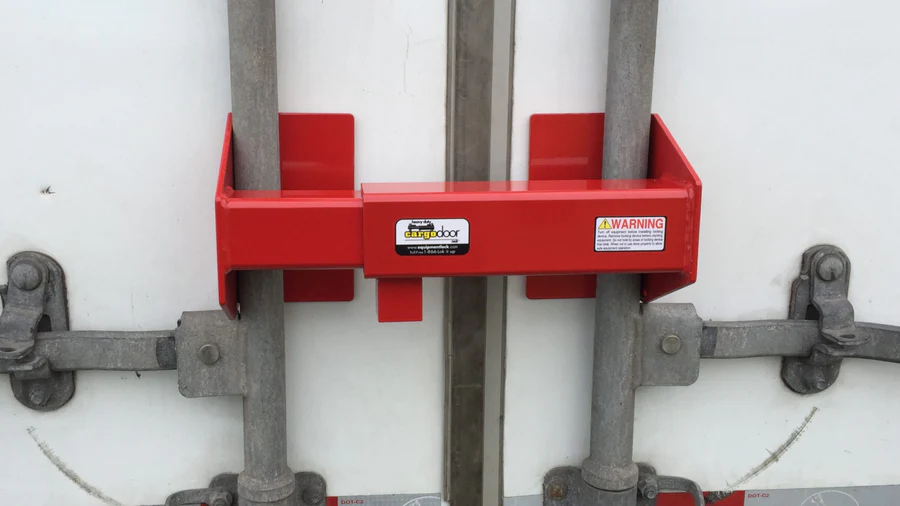
Where Can You Place a Shipping Container?
How-To: Site Assessment for Placement Renting or buying a shipping container is the easy part. Figuring out where you can legally place it? That takes a little more planning. Whether you’re using your container for storage, a jobsite office, or a retail pop-up, understanding the local rules will save you from fines, delays, or a last-minute scramble to relocate. ⚠️ Disclaimer: This article is for informational purposes only and does not constitute legal advice. Rules vary by city, county, and state. Always consult your local zoning or permitting office for the most accurate and up-to-date regulations before placing a container. Step 1: Understand Local Zoning Laws Before placing any container, your first call should be to your local zoning or building department. Every municipality has its own set of regulations—and they can differ dramatically. Knowing where you can legally place a shipping container begins with these questions: Do I need a permit to place a shipping container? Are there restrictions on how long it can remain on-site? Can I place it on residential, commercial, or industrial property? Does it need to be screened, fenced, or meet visual standards? Are setback rules in place (distance from buildings or lot lines)? Will public access or signage rules apply? Some towns allow temporary container placement without permits for up to 90 days. Others require formal applications and inspections—especially for containers used as offices. 👉 Refer to your city’s website or local permitting office for specific container placement requirements. Step 2. Site Assessment: Is It Safe and Legal to Place a Container Here? Once you know what’s allowed, assess your delivery site to ensure it’s safe, accessible, and compliant. Key On-Site Questions: Is the ground surface firm and level (gravel, asphalt, or concrete)? Are there overhead obstructions (power lines, trees)? Can a 40–60 foot delivery truck safely access and turn? Will the container block driveways, fire lanes, or access roads? Are you maintaining required setbacks and easements? Learn how our partners at Eagle Leasing navigate difficult locations in their blog on tight jobsite container delivery. Step 3: Respect Setback & Utility Guidelines Even if your local laws tell you where you can legally place a shipping container, you’ll still need to follow specific setback rules and keep utility access clear. Common examples (which vary by location, check with local requirements): 5–10 feet from a permanent structure 5 feet from a property line 15 feet from roads or sidewalks Avoid blocking utility access, hydrants, or emergency paths If unsure, ask your municipality or utility provider before placing your container. Bonus: Planning to Use A Shipping Container Office? If you are planning on using a shipping container office, trailer alternative, or customer-facing space, check with your local authority about: Temporary structure or building permits Zoning classification for the intended use ADA (Americans with Disabilities Act) accessibility requirements Electrical or HVAC inspections We’ve helped customers navigate these questions before—let us know how we can support your project. ✅ Final Thoughts When it comes to container placement, the most important step is confirming local laws before placing your order. Every city, town, and county has different rules—and while we’re here to help, your local officials have the final say. 📞 Need assistance reviewing placement options or prepping your site?Reach out to Rent-A-Container and we’ll help you plan a smooth delivery based on your town’s guidelines and your site’s layout.





